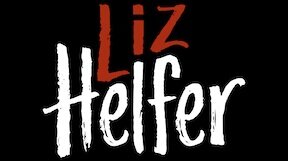The Space of Transformation
2010
This body of work explores the space between transformation from man to beast, beast to man. How do you embody such phenomena? It is a topic that fascinates us. Stories from all cultures and times narrate the change; from mythological man-beast creatures in ancient texts to the personification of farmyard animals in modern children’s stories. Why do we need to personify the animals around us? What is our relation to these creatures, what do they symbolize? How can I visually represent this space between man and beast?
Using the metaphors of windows, doors, and the literal change of light, I visually interpret the transformations found in several European folk tales. I selected works I have a distinct rapport with, several are stories I have known since childhood. Having read, reread, and researched these stories has given me a deeper understanding of my own fascination with transformation and its deep-rooted place in our culture. When addressing such a large field of knowledge I focused on animals I had encountered in my own past, which I already had a visual vocabulary for, and which held personal as well as cultural significance. One piece diverges completely from western folklore and is autobiographical, purely an exploration of my personal association with these themes. Yet whether personal or established, as I shape these spaces with my own hands I increase my connection to the stories and their meaning.
The use of mundane or decorative items—doors, windows, knockers—enhances the everyday association people have with the creatures depicted—swans, goats, fish, seals. They also embody the idea of a portal; a path into another world, fantastical, though still attached to our own. By imitating the plants and animals found in each story I try to create a world parallel to our own which allows viewers to accept the notion of transformation. The portal represents the change or the forces behind the change; the state between man and beast.
